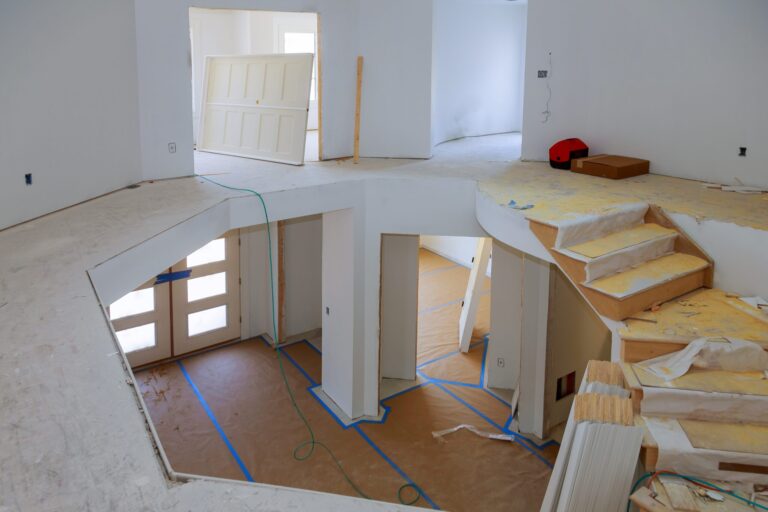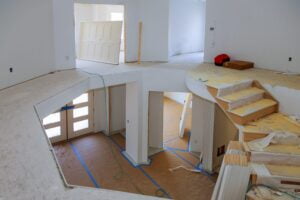As our population ages, the need for reliable and high-quality senior care solutions has become increasingly apparent. A crucial part of this service landscape is assisted living facilities, which provide a unique blend of independence and care for seniors who may not require the full-time medical attention of a nursing home but still need assistance with daily tasks. Running an assisted living home for seniors is not just a business venture; it is a commitment to enhancing the quality of life for a vital demographic. This guide provides insights and tips to help you navigate the challenging yet rewarding journey of operating a senior living facility.
Understanding the Needs of Your Residents
First and foremost, it’s essential to comprehend the specific needs of your residents. This includes understanding their medical conditions, dietary needs, and social preferences, among other factors. One of the key components to cater to these needs is having adequate post acute care supplies. These care supplies refer to medical equipment and products needed by residents following hospitalization or to manage chronic conditions. These might include wheelchairs, walkers, wound care products, or specialized beds. Maintaining a well-stocked inventory of these items is not only a regulatory requirement but also a practical necessity to ensure the health and safety of your residents.
Creating a Comforting Environment

Senior living homes are much more than just a residence; they are the primary environment where seniors live, socialize, and engage in various activities. As such, fostering a comforting and engaging atmosphere is a key aspect of senior living. To accomplish this, it’s crucial to pay attention to the physical environment, including comfortable and accessible spaces, as well as the social environment, which includes activities, events, and a sense of community among residents. Furthermore, adopting a person-centered care approach can greatly enhance the resident’s experience, ensuring that each individual’s needs and preferences are taken into account in all aspects of their care.
Legal and Regulatory Considerations
Running a senior living home also means adhering to a plethora of legal and regulatory obligations. These can range from local zoning laws to state licensing requirements, to federal laws regarding elder care. Regular inspections and audits are a norm in the industry, so it’s important to maintain meticulous records and have clear procedures in place. You’ll also need to stay up-to-date with any changes in the law, as non-compliance can lead to severe penalties.
Staffing Your Facility

A well-trained and compassionate staff is the backbone of any successful senior living facility. This includes not only medical personnel but also administrative staff, housekeeping, food service, and others who contribute to the smooth running of the home. Training your staff in first aid, handling emergency situations, and understanding dementia and other specific needs of elderly residents is vital. It’s also crucial to foster a supportive work environment, as job satisfaction can directly impact the quality of care provided to residents.
Financial Management
Ensuring the financial health of your senior living home is as important as taking care of your residents’ health. This requires careful budgeting, cost control, and revenue management. Some of the common costs include salaries, utilities, food, maintenance, and medical supplies. On the revenue side, most of your income will likely come from resident fees, but you may also receive funding from government programs or charitable donations. Therefore, a clear financial strategy is a must-have for the sustainability of your facility.
In conclusion, running an assisted living home is a complex endeavor that requires a deep understanding of the needs of your residents, an ability to create a comforting environment, strict adherence to legal and regulatory standards, careful staffing and training, and prudent financial management. It’s certainly not an easy task, but the reward of improving the quality of life for your residents is worth it.











